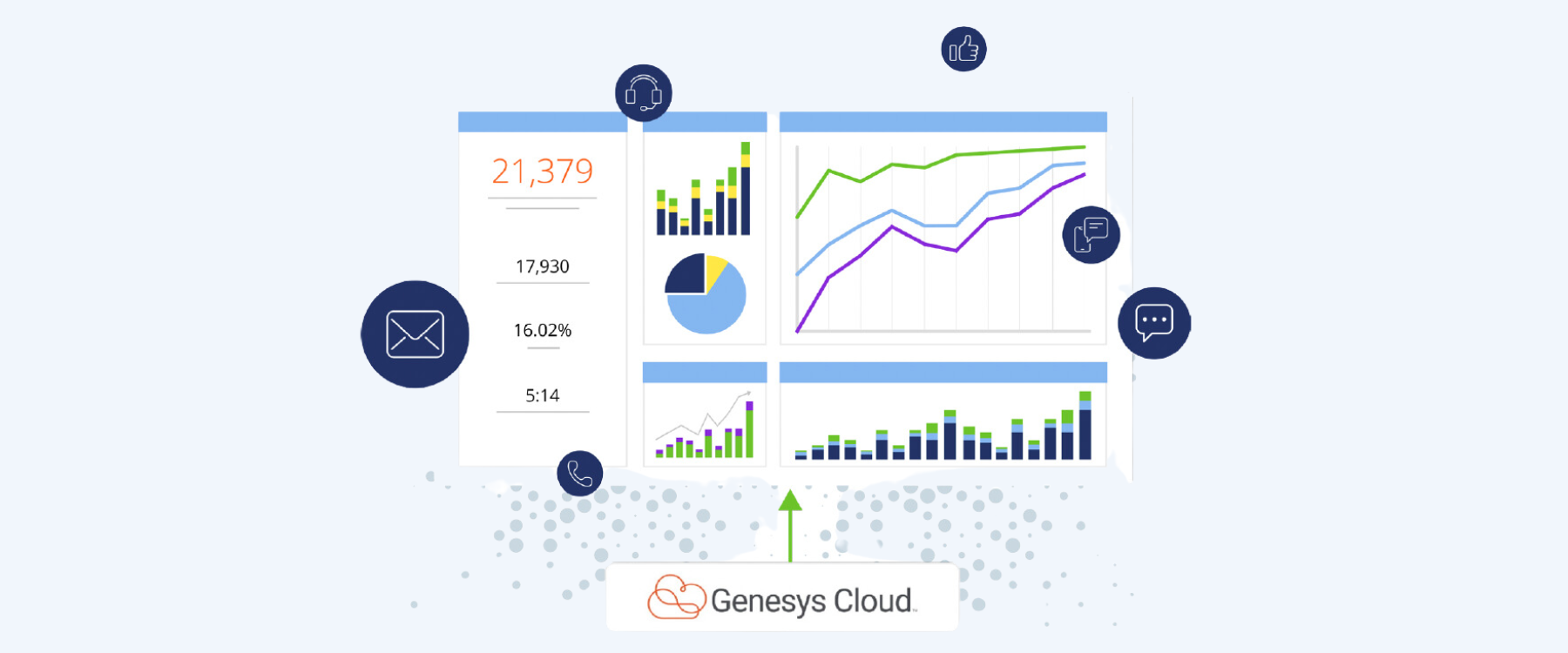An abundance of key metrics can be used to gauge the efficiency of an organization’s call center or contact center operations. The Average Speed of Answer is often one of the most popular metrics to measure, but can also be challenging to decipher. At the basic level, Average Speed of Answer is about finding the fastest path to answering a customer’s questions.
What is ASA?
The Average Speed of Answer (ASA), also referred to as Average Wait Time (AWT), is defined as the average amount of time it takes for a customer service representative to answer an inbound call from a customer. It also includes the time a caller waits in a queue. However, the time taken to navigate through an IVR system is not factored into ASA.
Why is ASA Important to Track?
Average Speed of Answer is one of the most influential metrics when looking at a call center or contact center’s performance and customer satisfaction rate. The longer a customer has to wait before their call is answered, the more chance you have that they are going to abandon the call. Even if that customer stays connected to a customer service agent, a long wait is not a great customer experience. The inability to maintain your target ASA time can provide insights into your business operations, including your staffing level, team training, and even the ASA itself. This is a metric that will provide major clues into the business decisions your organization makes on a daily basis. Let’s dig deeper.
Impacts Customer Satisfaction
It is no secret that customers value their time. An understanding of your customer experience is the first step to exceeding their expectations. However, if customers have to wait for a long time to get their issues resolved, it results in poor satisfaction levels. Managers can use the insights gathered from their center’s ASA to provide direct feedback to individual team members as well as schedule additional training and coaching for the agents.
According to a recent survey, 32% of customers will leave a brand they love after just one bad experience. When your customers can expect an interaction with your organization will be a tedious, time-draining exercise, they will more than likely move on. In today’s competitive world, it is best not to drive your customers to your competitors by delivering poor service.
Reflects the Efficiency of Your IVR System
Another significant reason why ASA is important is that it depicts the relationship with your organization’s Interactive Voice Response (IVR) system. IVR works by leading a caller through a series of menu options; the Average Speed of Answer can be used to gauge the effectiveness of these menu options. In a perfect world, a well-constructed IVR will keep average response times low. If your IVR system is functioning optimally, it will direct a customer to the agent who is most equipped to answer their question. Conversely, a system that is poorly designed will lead to higher wait times and less targeted agent responses.
Results in Higher Operational Costs
We know that cost is associated with every element of running a business. Call centers and contact centers often tend to get labeled as “cost” centers when in reality they should be viewed as “opportunity” centers to deliver excellent customer experiences when interacting with your company. The real question is, where can you identify areas of risk within your call center?
- Are you at risk of losing customers because the IVR is not intuitive or helpful?
- Are you at risk of losing customers to call abandonment when they are calling in and habitually met with messages about excessive wait times?
- Are you at risk of needing to invest heavily in customer acquisition because of regular customer churn?
Callers clogging up your queue, and not getting their questions answered will also cost your business money and customer loyalty. When callers escalate their concerns out of sheer frustration to managers before frontline agents are given any real chance – it costs your business money. More than just analyzing how quickly you can move someone through your contact center process, identify how to help a customer through the process the smart way and leave them satisfied with the resolution.
Key Takeaways
Having a tight grasp on how ASA impacts your business is genuinely part of workforce management. In today’s business environment it is important to focus on customer experience and identify issues with the processes and optimize them for efficiency. Brightmetrics™ is purposefully designed to help organizations access actionable insights by leveraging their data from their UC system or contact center application. We specialize in providing real-time and historical analytics compatible with Mitel and Genesys Cloud platforms. Easily identify and track key metrics, like ASA, in order to better serve your customers and improve agent performance.
Learn more on how to leverage crucial analytics for improving the productivity of your center.




